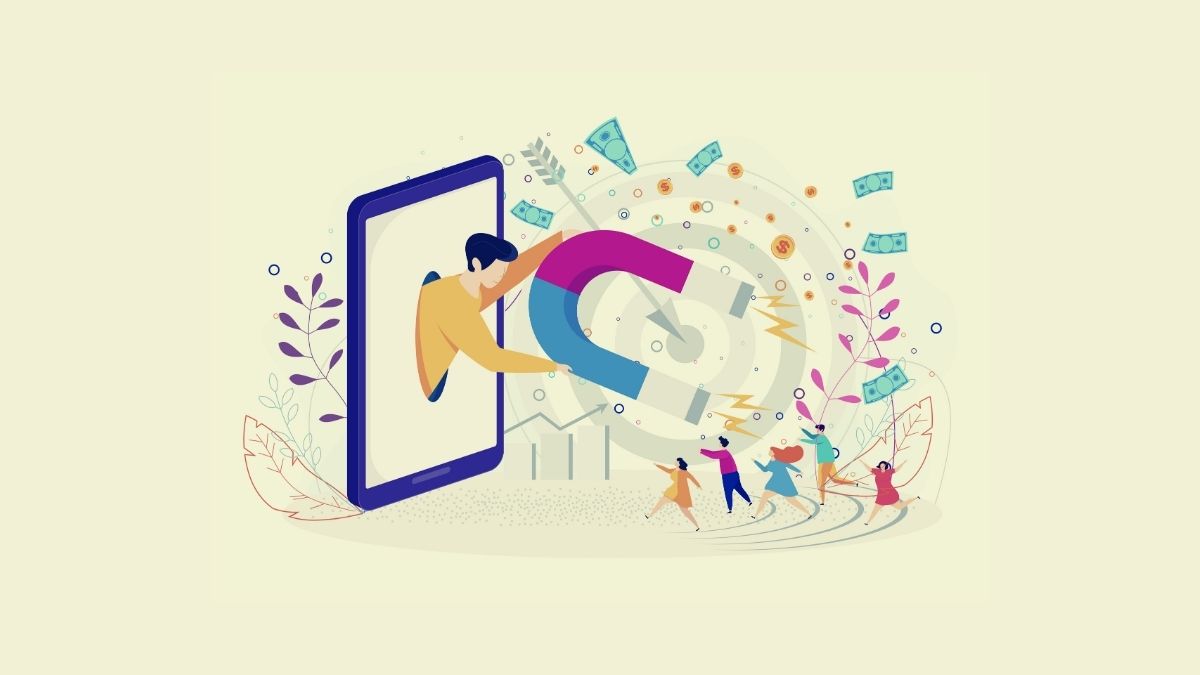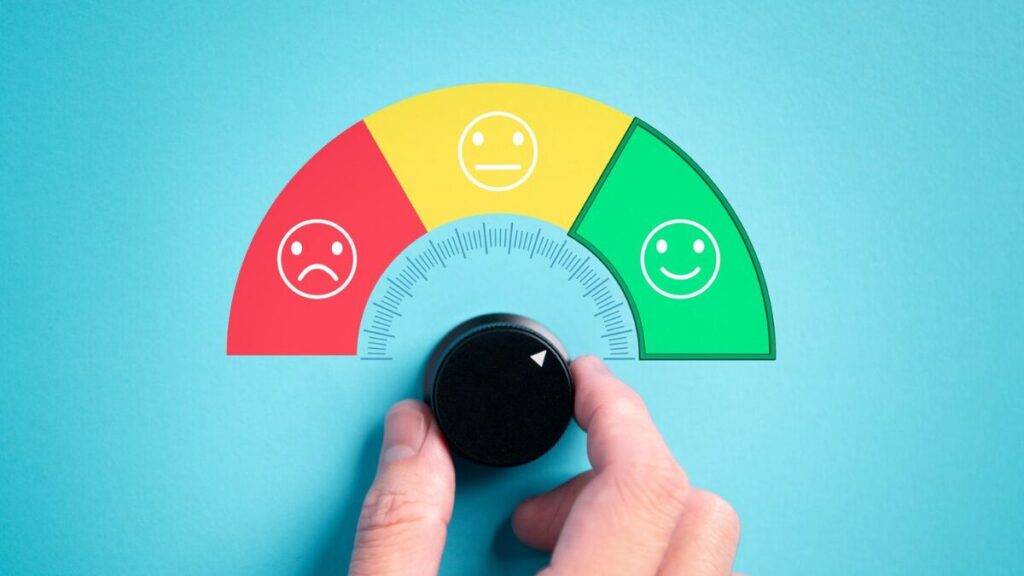Dotdigital blog
Understanding the B2B ecommerce journey – and how to bring in more customers
In the past, ecommerce used to be thought of primarily as a way for vendors to sell items directly to customers – as a tool for B2C (Business to Consumer) sales.

But B2B ecommerce is a rapidly growing industry – and it’s poised to take off in a big way in 2020 and beyond. According to a study by Amazon, the B2B ecommerce market was worth $829 billion in 2016. But by 2023, it’s slated to grow to more than $1.8 trillion.
How can you harness this growth and bring in more B2B customers to your ecommerce store? By implementing a good B2B marketing plan that focuses on the B2B customer journey, and using B2B ecommerce best practices to increase customer engagement.
In this blog, we’ll discuss the B2B ecommerce journey and how it differs from the B2C ecommerce journey. We’ll also discuss some best practices you can implement in your B2B strategy when marketing to existing customers as well as new customers.
121eCommerce is a capable, seasoned Magento agency that was named Adobe’s 2020 Emerging Solution Partner for Magento Commerce. With a proven track record, they have established a reputation as a go-to agency for project rescues, Magento 2 migrations and complex site builds. By adhering to the tenants of transparency, honesty, and constant communication they’ve helped hundreds of B2C and B2B merchants realize their ROI by delivering conversion focused Magento websites with solid customer service.
How does the B2B journey differ from the B2C journey?
Understanding the B2B customer journey is the first step in creating a successful B2B ecommerce marketing campaign. Here are a few key ways that the B2B customer journey differs from the standard B2C customer journey.1. More people are involved
In the B2B journey, multiple people are usually involved in the buying process. This could include a purchasing manager, an executive, a project manager, or more, depending on your products.2. The buying process is more complex
B2B orders tend to be higher-value, and the buying process tends to be a multi-step process that often requires verification and approval of credit terms and other such steps that are not present in a B2C purchase.3. The sales cycle is longer
A B2B buyer research report by Demand Gen has found that the overall sales cycle for B2B purchases tends to be between 1-3 months, which is far longer than the B2C sales cycle.4. Customers tend to be more valuable
While a B2C customer may buy a single item that’s worth $100, B2B customers tend to buy at a much higher volume. They also tend to spend a lot more on your products. This makes individual customers very valuable for B2B customers and maintaining a good relationship with those who frequently purchase your products is essential.5. Relationships are important
B2B companies tend to sell to fewer overall customers. This means that you have the opportunity to develop real relationships between your ecommerce company and your B2B customers. It also means that each customer is more important since they represent a larger portion of your revenue compared to B2C customers.B2B ecommerce best practices – 4 steps to success
Keeping the above differences between the B2B and B2C journey in mind, you may be wondering what B2B ecommerce best practices you can implement on your website. How can you adjust your B2B marketing strategy to bring in more customers? Here are four of our top suggestions. Add these to your B2B marketing playbook, and see how you can boost your overall reach, conversion rate, and other key metrics.1. Welcome program
The beginning of a B2B ecommerce journey is the trickiest part. To ensure that a new customer actually buys your products and becomes a valuable, long-term customer, you need to make sure they feel welcome. They need to have all of the information, tools, and tips they need to order what they need from your B2B ecommerce website. This is where a welcome program can be very helpful. Sending a “welcome” email to a new customer who has signed up on your website helps you build a relationship right away. This email can contain information about how to use your website, FAQs about your products, and other useful information.2. Omnichannel tactics to boost AOV
When possible, you should make use of omnichannel marketing automation for B2B ecommerce. Omnichannel marketing refers to the ability to reach your customers on any platform they’re using, from social media to email, search engines, and more. Omnichannel marketing is a great way to boost your average order value (AOV) and bring in more customers. Try to develop a B2B marketing strategy that focuses on sending customers messages through SMS and email. Maintaining a presence on Google and other search engines is also very useful. Social media is also a surprisingly good way to reach B2B customers. According to a study by Facebook, B2B decision-makers like C-suite executives, purchase managers, and other higher-ups spend 74% more time per day on Facebook compared to the average user.3. Live chat for an improved customer experience
Live chat tools are an excellent way to connect with B2B customers when they’re shopping at your ecommerce store. With live chat, customers can get answers to their questions and talk to a real person immediately – which makes them more likely to make a purchase. This is particularly important for B2B customers. According to Zendesk, 62% of B2B customers purchased more after a good customer service interaction – and 66% of B2B customers reported that they stopped shopping at a particular online store after a poor customer service interaction. By investing in live chat and great customer service, you can quickly answer questions for B2B customers, build relationships, and increase the overall order value on your B2B ecommerce website.4. Product recommendations for upselling and cross-selling
This is another great way to automate your B2B ecommerce website and increase average order value. Just like B2C customers, B2B customers are interested in finding new products that can be useful or valuable for their business. This can be very valuable to your bottom line. You only have about a 5% to 20% chance to sell an item to a new customer, but a 60% to 70% chance of selling an item to an existing customer. In other words, your existing customers are much more likely to buy what you have to offer. Because of this, using automated tools to upsell and cross-sell on your B2B ecommerce website is a powerful way to bring in more revenue.Follow these tips for a more successful B2B strategy
B2B customers and their buying journeys are different from B2C customers. But with a few simple tips and strategies, you can build a better B2B ecommerce marketing campaign, and market to your audience more effectively. So think about what you’ve learned about, and start taking steps to adjust your B2B strategy accordingly. You’ll be rewarded with lower customer turnover, higher conversion rates, and a better AOV.121eCommerce is a capable, seasoned Magento agency that was named Adobe’s 2020 Emerging Solution Partner for Magento Commerce. With a proven track record, they have established a reputation as a go-to agency for project rescues, Magento 2 migrations and complex site builds. By adhering to the tenants of transparency, honesty, and constant communication they’ve helped hundreds of B2C and B2B merchants realize their ROI by delivering conversion focused Magento websites with solid customer service.



